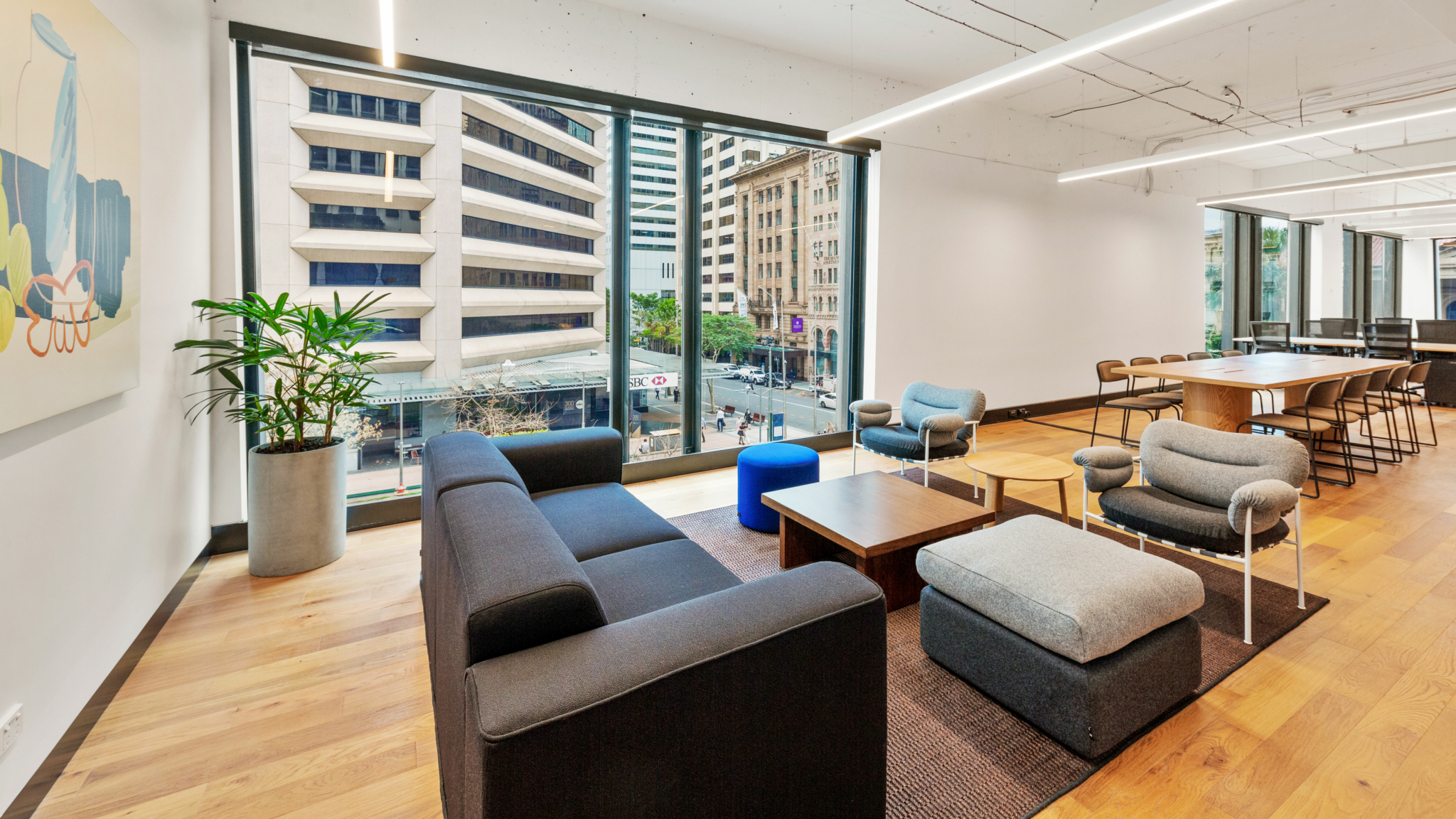If you’re in the market for commercial real estate, finding the right type of commercial lease is just as important as finding the right space. These lease agreements are more complicated than a typical personal lease because they don’t just specify a monthly rent payment; they spell out how expenses will be split between a landlord and tenant. It’s crucial to understand the different types of commercial lease agreements before you start shopping for a property because picking the wrong lease could put your business in financial hot water.
Commercial leases may seem straightforward, but there are a lot of ways to split expenses on commercial property. For some types of commercial leases, tenants are responsible for only a flat monthly rent, while landlords pay for taxes, insurance, maintenance, and other expenses. But it’s far more common for a lease to split extra expenses between tenant and landlord in some way, and you need to fully understand that split before you lease commercial property.
Before you sign that commercial office lease, familiarize yourself with the different types of commercial leases available.
Full-service lease (gross lease)
In this basic lease, the tenant is responsible for a fixed rent amount and nearly nothing else. In a full-service lease, the landlord is responsible for property taxes, property insurance, maintenance costs, and sometimes even utilities. Expect a commercial gross lease to charge the tenant a higher rent because the landlord is covering so many costs.
Net lease
A net lease requires the tenant to pay both a monthly rent and a percentage of other expenses, which may include property taxes, property insurance, and maintenance costs. The portion of these expenses a tenant pays will be based on how much space they’re renting. How it’s calculated will be explained in the lease agreement.
These leases are a little unpredictable for a tenant, because their costs typically go up over time. If you sign a net lease, be sure you’re ready for those expense increases.
There are three different types of net lease, each with a different division of expenses.
- Single net lease (N lease): In a single net lease, tenants are responsible for monthly rent and just one extra expense: a percentage of property taxes.
- Double net lease (NN lease): In a double net lease, the tenant is responsible for monthly rent and two other expenses: a percentage of both property taxes and property insurance.
- Triple net lease (NNN lease): In a triple net lease, the tenant is responsible for three major expenses on top of their monthly rent. In addition to a fixed rent payment, they pay a share of property taxes, property insurance, and maintenance costs.
Absolute NNN lease
This type of lease takes almost all financial responsibility off the landlord. Like the triple net lease, tenants have to pay a fixed rent plus a share of property taxes, property insurance, and maintenance costs. But with a triple net lease, landlords still typically pay some part of overall building maintenance costs. With an absolute NNN lease, tenants are responsible for all maintenance, including major costs like roof and structural repairs.
Modified gross lease
Modified gross leases are flexible leases that don’t fit the specific expense split of any other commercial lease. They let the landlord and tenant specify exactly who’s responsible for what. A modified gross lease is customized to both landlords’ and tenants’ specific needs, but you have to read them carefully to be sure exactly which expenses each party is responsible for.
Percentage lease
A percentage lease requires tenants to pay a base rent as well as a percentage of gross income (typically only when income is over a certain threshold). In some cases, a percentage lease will not have any base rent, but the landlord will instead take a larger percentage of sales; these types of percentage leases are often used for short-term retail rentals.
Percentage leases are good for retailers that tend to have waves of seasonal income, because it keeps their rent lower when business is slower. Tenants just need to be mindful of the percentage of income owed to their landlord—an excessively high percentage could get in the way of business growth.
Evaluating office space lease options
Understanding the type of commercial lease you’re signing is crucial to the health of your business. To recap, these are the high-level pros and cons of the leases you’ll encounter:
- Full-service leases are appealing because they’re predictable expenses, without fluctuating costs that might surprise you. This option is very straightforward for tenants, who just have to keep up with a fixed monthly cost.
- Net leases split expenses between the landlord and tenant, requiring tenants to pay a lower rent plus a portion of building expenses. These can be good deals for tenants and landlords, but tenants need to be sure they can handle increasing (and sometimes unpredictable) expenses.
- Percentage leases can be an excellent deal for retailers, who will owe a lower base rent plus a percentage of gross sales. Having a lower rent during slow sales months can really help a business stay afloat.
- Modified gross leases are highly adaptable, but that means you’ll need to read the fine print closely to be sure you know exactly what you’re committing to.
Flexible workspace options
In many cases, leasing office space may not be the right solution for your business. Startups and small businesses may not be ready to make a long-term commitment to leasing space, and may not have the skills—or the interest—in managing their property. Additionally, larger businesses expanding to new locations may want to choose more flexible options as they assess their changing needs.
That’s where flexible workspace solutions come in. Rather than leasing an entire space, a business can rent just the space they need, typically for a flat monthly rate and without a long-term time commitment.
With WeWork flexible office spaces, you get a move-in-ready, professional space so you can focus on your growing business instead of managing your office space. With options ranging from hot desks for remote team members to fully customized office headquarters, businesses of all sizes can find a space to fit their unique needs.
Whatever type of lease you sign, it’s important to take stock of expenses and budget appropriately so you know what expenses you’re responsible for. Always read your lease agreement carefully and ask plenty of questions before you sign.
Elizabeth Harper is a writer and editor based in Austin, Texas. She’s the editorial director of entertainment site Blizzard Watch and covers consumer technology, personal finance, and entertainment all over the internet.
Rethinking your workspace?








